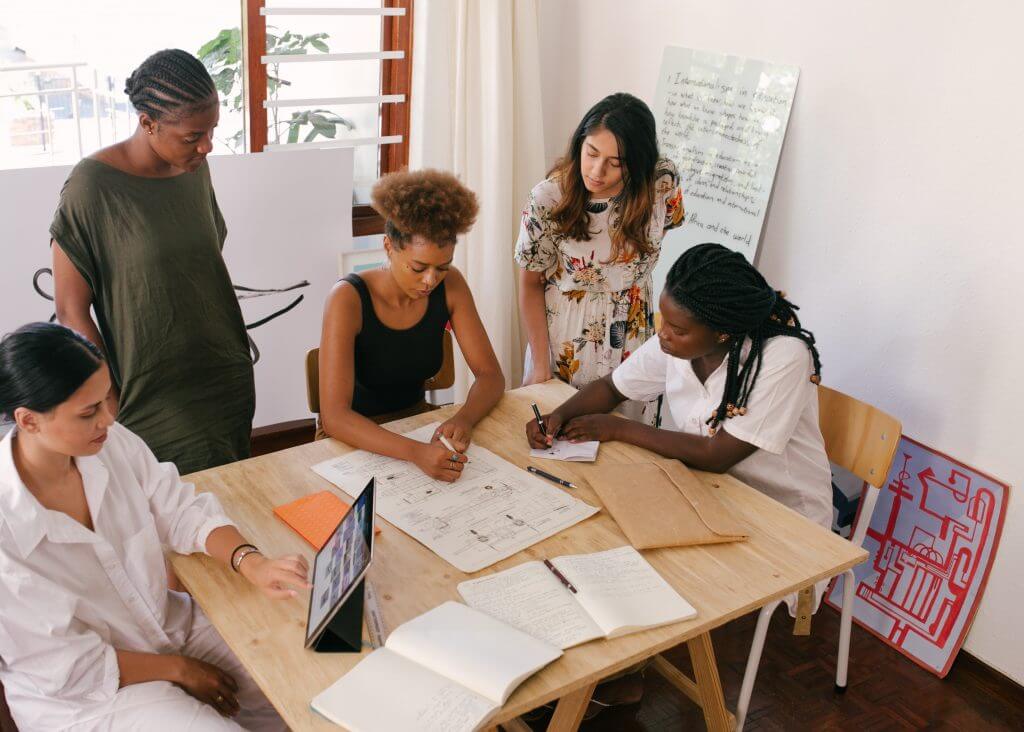
Corporate communication is a broad field that deals with the different public and internal facing aspects of a company. It involves various methods and approaches to share information about a company’s brand, products, services, employees, and so on with a broad internal and external audience.
Communication as a whole is complex as it involves many stakeholders and audiences. Moreover, effective communication requires strong connections between people at all levels of the organization.
To be able to communicate effectively within your organization and with the outside world, you need to understand what corporate communication is, its benefits, and how you can implement it in your organization.
That is why in this article we will discuss everything you need to know about corporate communication so you can get your message across!
What Is Corporate Communication?
When we talk about communication in business, we are primarily referring to two things – one is the process, and the other is the outcome of the process. The process consists of the steps involved in communication, for example – sending the message, the channel through which it is sent, the time frame, and so on.
The outcome of the process refers to the impact that the communication has had on the person who received it.
That is why communication is often described as a process through which we create an understanding between people who are not in the same place at the same time. In this sense, corporate communication is the process and activities through which organizations create a strong connection via employees with the outside world for the purpose of brand building, increasing reputation, and the acquisition and retention of customers.
Why is Effective Communication Important?
Communication is the process of exchanging information and ideas between two or more people. For this process to be effective, certain factors need to be in place. To start with, there should be an understanding between the sender and receiver of the message.
Communication is all about sharing information, and if the information is not understood, it won’t be useful to anyone. We have a saying that ‘a message without meaning is like a bird without wings’. It is because of this that communication is an important aspect of any business venture.
The right words, carefully selected and strategically placed with the correct tone, can be a very powerful tool. They can make for an excellent culture, your brand more recognizable, and encourage customers to buy your products and services.
Benefits of Effective corporate communication
Stronger relationships – The biggest benefit of effective communication is that it strengthens relationships. Whether you communicate with the members of your team, customers, or anyone in between, a strong connection will lead to better results.
Greater productivity – When people understand each other and have a clear idea of what their role is within the organization, productivity increases. This is especially true for organizations where employees have a say in shaping the communication process – for example, when they have the opportunity to voice feedback and suggestions, and when they have the power to participate in the decision-making process.
Better decision-making – When communication is effective, decision-making becomes much easier. This is because the information you share will be well-understood.
Better brand recognition – A strong connection with your audience will not only bring them closer to your brand, but it will also make them more loyal to it. Moreover, the brand of your business will become more recognizable as you take part in various communication activities.
Types of Corporate Communication
Internal communication – This is the communication that happens between employees. It can happen in a number of ways, including one-on-one meetings, group meetings, emails, and so on. Internal communication is important because it helps people work together more effectively and efficiently.
External communication – This is the communication that happens between your organization and the outside world. This could be in the form of marketing campaigns, public relations, social media posts, and more.
Customer communication – This is communication between your customers and your organization. It can happen in a number of ways, including through a company’s customer support or customer service department, through social media posts, and more.
Summing up
Communication is an essential part of any business venture, and it can make or break an organization. The success of your business relies not only on the quality of your products or services but also on how well you communicate that quality to your customers.
When you have strong relationships with your audience, when you can make better decisions, and when you can recognize your brand better – you have stronger communication.
To achieve this, it is important to implement effective goal-driven communication in your organization. This can be achieved by focusing on the type of communication you engage in and by making sure that your communications are all aligned to Successful Customer and Business Outcomes.







